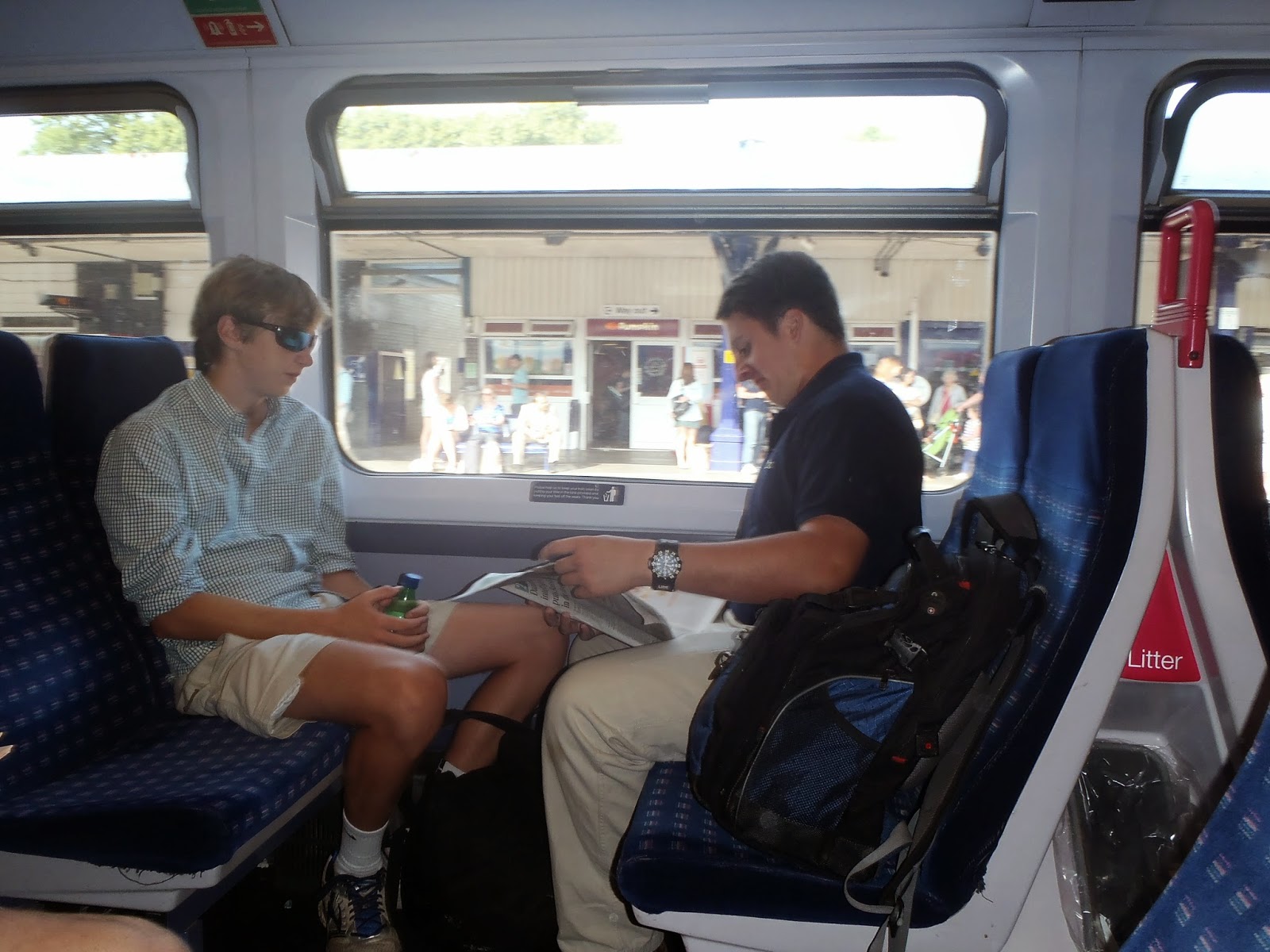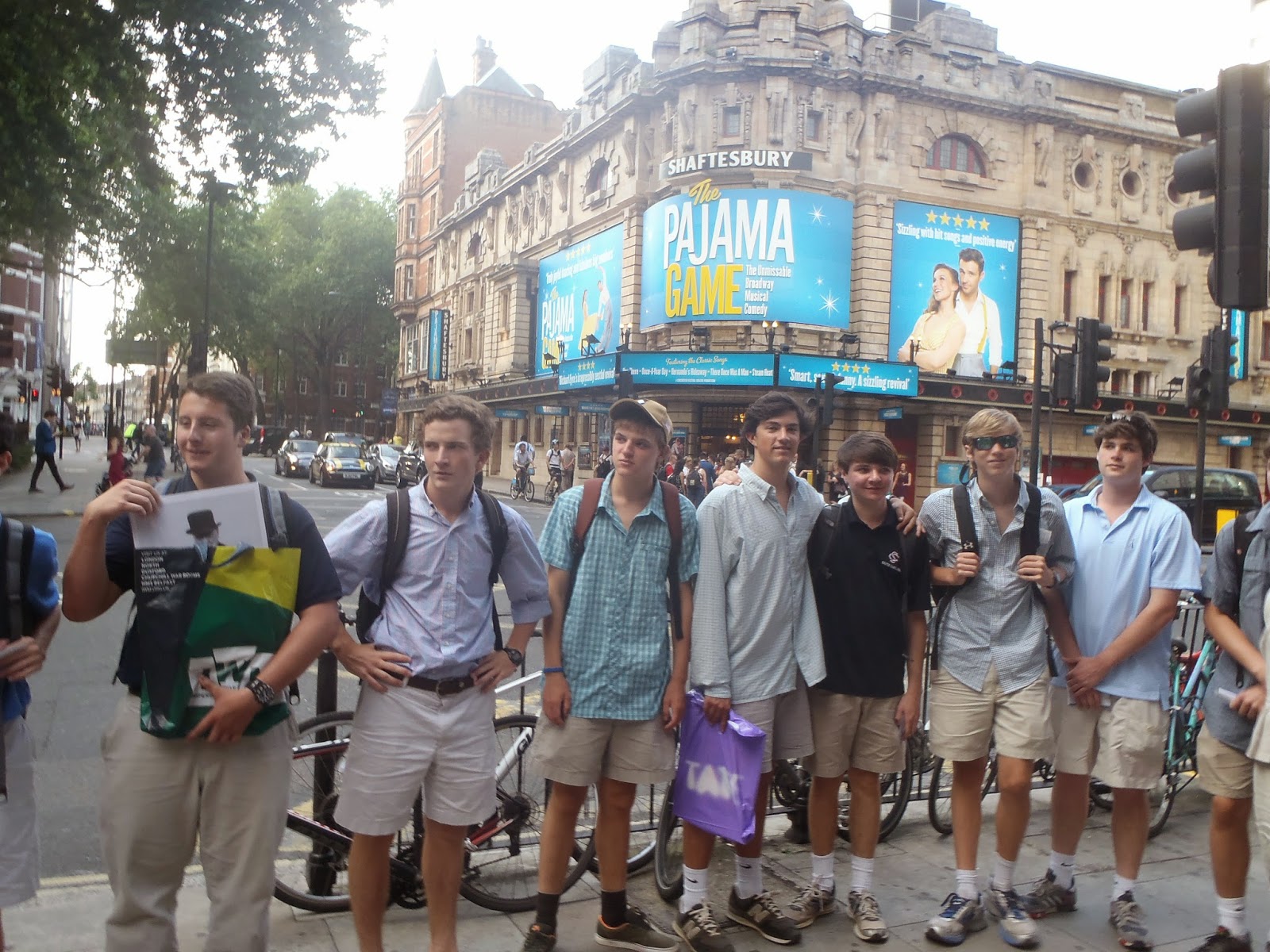On Wednesday, we spent our time in Oxford after Monday in London and Tuesday in Bletchely park. We started with an in class session about code breaking and ciphers. That was interesting, though the mathematical stuff made my eyes glaze over. The technology of code breaking me interests me more than codes and ciphers, to be honest.
We took a break for lunch, and Mr Alexander, who is study at Lincoln College this summer, joined us in the Brasenose dining hall.
Afterwards, we went out for a scavenger hunt. Charles, Dameron, Hunt, and I went first to New College and then to Magdalen (pronounced Maudlin) College. Both were used in the filming of the Harry Potter franchise, and the grounds are impressive, especially the Deer Park.
That night we went to a production of King Lear put on by the Globe Theater. I enjoyed it, and I think that opinions of it were higher than that of the Staunton Shakespeare Company Othello. Afterwards we went back to Brasenose and got to bed, ready for the trip to London.
Chris Nance
 |
| Mr.Kendall describes various forms of journalism in the UK. |
 |
| Students read and compare a variety of newspapers published in England. |
 |
| Mr. Alexander joins us for lunch. |
 |
| Brasenose College hosts a "Mad Hatter's Tea Party" |
 |
| Intermission during King Lear in the Bodleian Old School's Quadrangle. |
































































